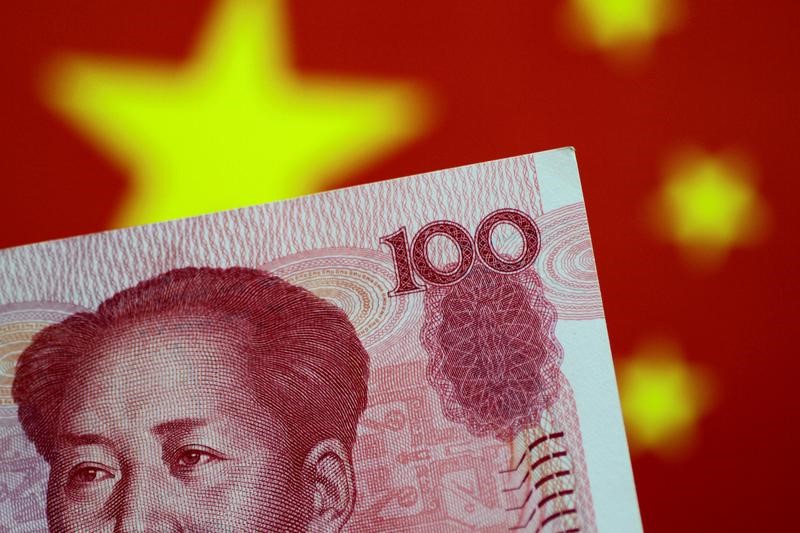By Ambar Warrick
Investing.com-- Most Asian currencies crept higher on Wednesday as markets bet that economic headwinds will force the Federal Reserve into softening its hawkish stance, while the Chinese yuan rose amid reports of government intervention in currency markets.
The yuan rose 0.2% to 7.2892, recovering from a near 15-year low. Reuters reported that major Chinese state-owned banks sold dollars to support both the onshore and offshore yuan amid recent weakness in the currency.
Concerns over China’s political climate saw the yuan fall sharply this week, with the offshore currency hitting a record low. Markets were also underwhelmed by third-quarter GDP data that fell below the People’s Bank of China’s guidance.
Investors were wary of any more disruptive policies from China, after Beijing reiterated its commitment to maintaining its strict zero-COVID policy.
Other Asian currencies also rose. The South Korean won added 0.1%, although gains were limited on fears over escalating geopolitical tensions in the Korean peninsula. The Malaysian ringgit led gains across Southeast Asia with a 0.2% rise.
The dollar index and dollar index futures were largely unchanged after falling more than 2% over the past four sessions. U.S. Treasury yields also fell further from 14-year highs, amid growing speculation that the Fed intends to soften its policy stance by December.
While markets expect an at least 75 basis point hike by the Fed in November, expectations of a smaller hike in December are now growing. Rising interest rates boosted the dollar to 20-year highs this year, and weighed heavily on Asian markets.
The Japanese yen bucked the trend, falling 0.2% as traders continued to bet against currency market intervention by the government. The Bank of Japan’s reluctance to raise rates from record lows this year has battered the yen and ramped up inflation in the country.
Government intervention has provided the currency with only temporary relief, with the yen trading down about 30% for the year.
Among Antipodean currencies, the Australian dollar rose 0.2% after data showed inflation hit a 32-year high in the September quarter.
The reading shows that the Reserve Bank of Australia may have been premature in easing its pace of rate hikes, and is likely to keep hiking rates in the near-term.
